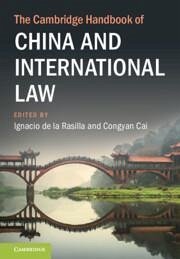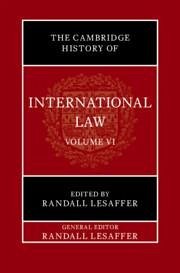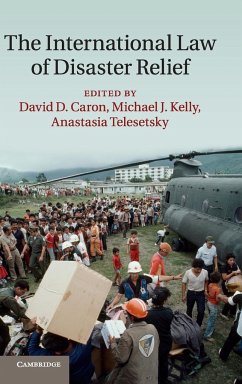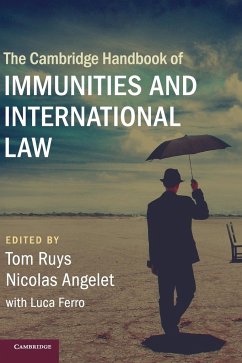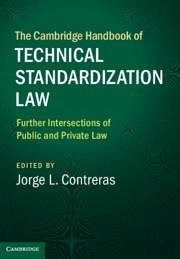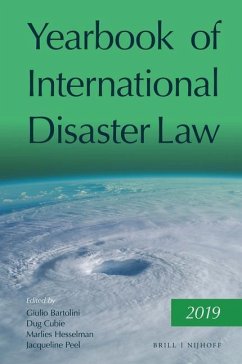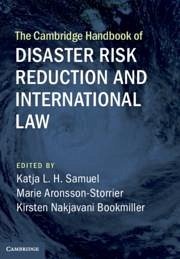
The Cambridge Handbook of Disaster Risk Reduction and International Law
Versandkostenfrei!
Versandfertig in über 4 Wochen
251,99 €
inkl. MwSt.
Weitere Ausgaben:

PAYBACK Punkte
126 °P sammeln!
In this unique, forward-looking Handbook, global legal observers assess the existence and emergence of under-researched disaster risk reduction law'.





